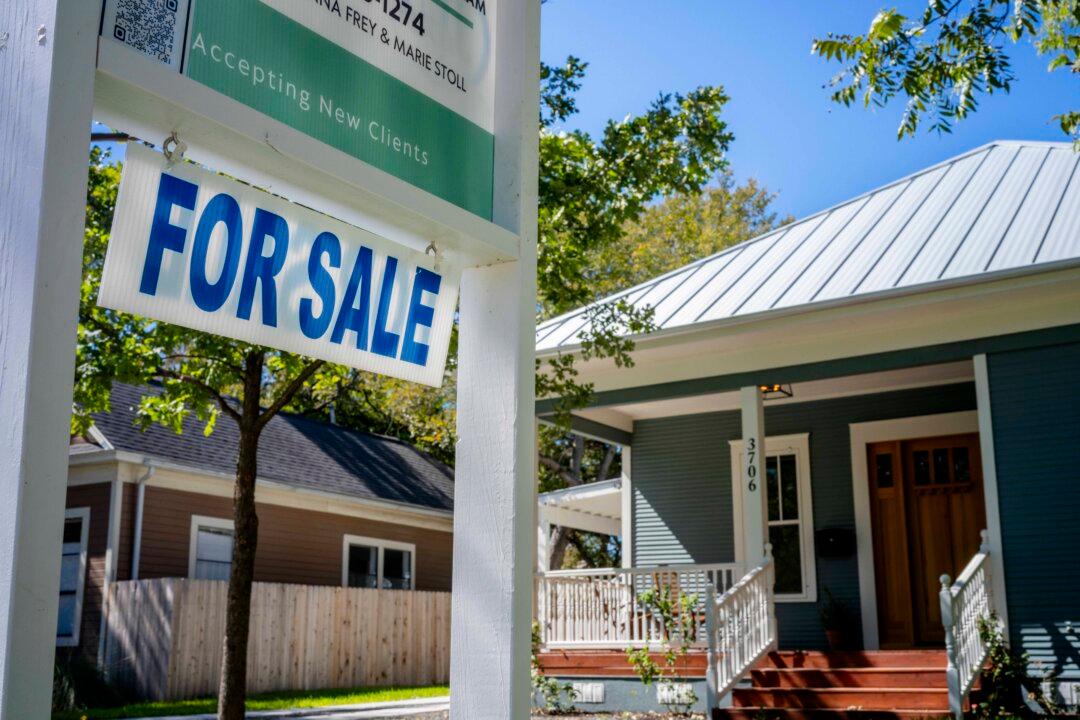WalletHub says that more than 45 million U.S. households now rent their homes. WalletHub Analyst Cassandra Happe told The Epoch Times that renting is becoming more popular given the current housing market.
“With the cost and stress of being a homeowner, a lot of people now prefer renting,” she said. “They are more focused on affordability and a good quality of life, rather than being burdened with excessive down payments and monthly mortgages.”
She said others may have recently relocated or are in the process of relocating, and don’t want to be tied down to the expenses of purchasing a home.

Bismarck garnered the title of the overall best place to rent in 2024 because most people spend only about 15 percent of their annual income on rent—the lowest cost in the country. Bismarck also has the lowest renters’ insurance premiums, with an average of just $116 per year. In addition, the maximum security deposit that a landlord can charge is only one month’s rent.
Apartments.com lists the average one-bedroom apartment rental in Bismarck at $992 per month and $1,500 per month for single-family home, according to Realtor.com.
In terms of square footage, Bismarck’s rentable single-family homes offer an average 2,376 square feet. Almost 20 percent of these homes were built between 2010 and 2022, which is the sixth-highest percentage in the country.
“We were a little surprised to see Bismarck at the top of the list,” Happe said. “It’s not one of those cities you typically think of as a metro hub. It’s small and more rural, but as a result, it doesn’t have the challenges that larger urban areas often do.”
With such a small percentage of annual income slated for rent, Bismarck presents a very cost-effective alternative for rental housing.
“It all depends on the renter’s focus,” Happe said.
While earning the No. 1 spot for affordable renting, Bismarck scored a 96 for quality of life.
“It’s not the best place for walking to great attractions, but if you’re looking to save money on rent, this is ideal,“ Happe said. ”In many cities throughout the nation, people are paying up to 50 percent of their income on rent.”
Overland Park, ranked as the second-best place to rent, offers the highest average home square footage in the country, at 2,787 square feet. It also has the fifth-best rental affordability, with the average person spending only around 16 percent of their annual income on rent. The community is seen as a great place for people who have or plan to have children, since it has a very good schools and a low crime rate.
The third-best place to rent is Scottsdale, Arizona, ranking as the best city for both the availability of jobs and the driving environment. It also has the fourth-best weather and the sixth-best recreation options. However, in terms of affordability, it ranks 42 out of 182 cities, with people spending an average of 20 percent of their income on rent.
Other cities in top 10 best list include Chandler and Gilbert, Arizona; Huntsville, Alabama; and Lewiston, Maine—the only Northeast location in the top 10. On the flipside, some of the top 10 worst cities for renters include Burlington, Vermont; New Orleans, Louisiana; Jackson, Mississippi; and Newark, New Jersey.
Surprisingly, the hometown of famed singer Elvis Presley—Memphis, Tennessee—ranked last on the survey at 182. The city scored low for both affordability and quality of life.
“It also did poorly with its safety rating, because there are some concerns with the crime rate there,” Happe acknowledged.
In fact, Memphis recorded the most violent crimes, compared with Irvine, California, which had the fewest violent crimes.
Other major cities also received mid to low rankings for affordability and quality of life. Chicago scored 74, followed by New York City at 93, Los Angeles at 133, Boston at 135, and Miami at 143.
Ezra Rosser, professor and associate dean at American University in Washington, cautions potential renters about common mistakes people often make when deciding to lease a home or apartment.
“A couple of things stand out and they all involve not taking into account secondary expenses,” he said. “The classic example is a trailer or modular home that has a good rental price but has poor insulation value—some of the savings likely will be eaten up by higher heating costs during the winter.”
Rosser notes that transportation costs are similar: the cheaper, more distant option may look better initially, but long commutes can mean more costs for gas or other transportation.
David Reiss, professor and research director at the Center for Urban Business Entrepreneurship at Brooklyn Law School in New York City, recommends potential renters do their homework before signing a lease.
“Start online to get a sense of the broad range of options. Then visit as many as you have the time for,” he said. “It’s important that renters get a sense of their surroundings and identify the quality of life available to them at each location.”
As for the creation of more affordable housing throughout the country, James Maniace, senior lecturer at Ohio State University, suggests that municipalities can support renovations by abating taxes on the value of the improvements.
“A municipality can select a district of office buildings to incentivize conversions, and one incentive can be the creation of a public parking facility within the district if the buildings do not have parking,” he noted. “They also can fund streetscape improvements to provide an appealing, noncommercial look to the sidewalk, and provide seating and lighting outside a newly converted residential building.”







